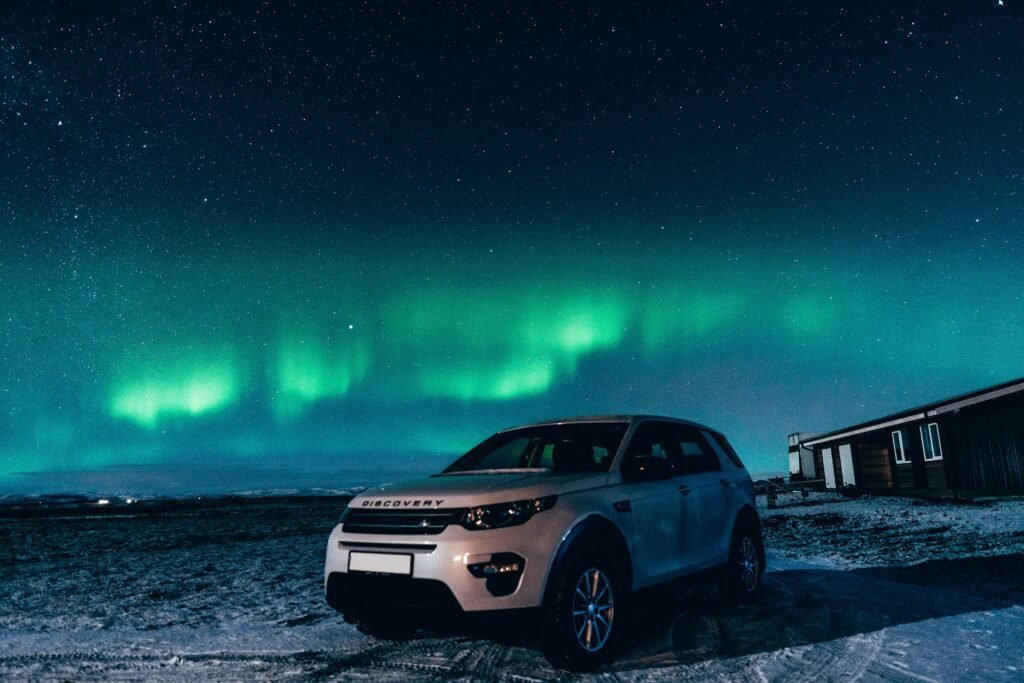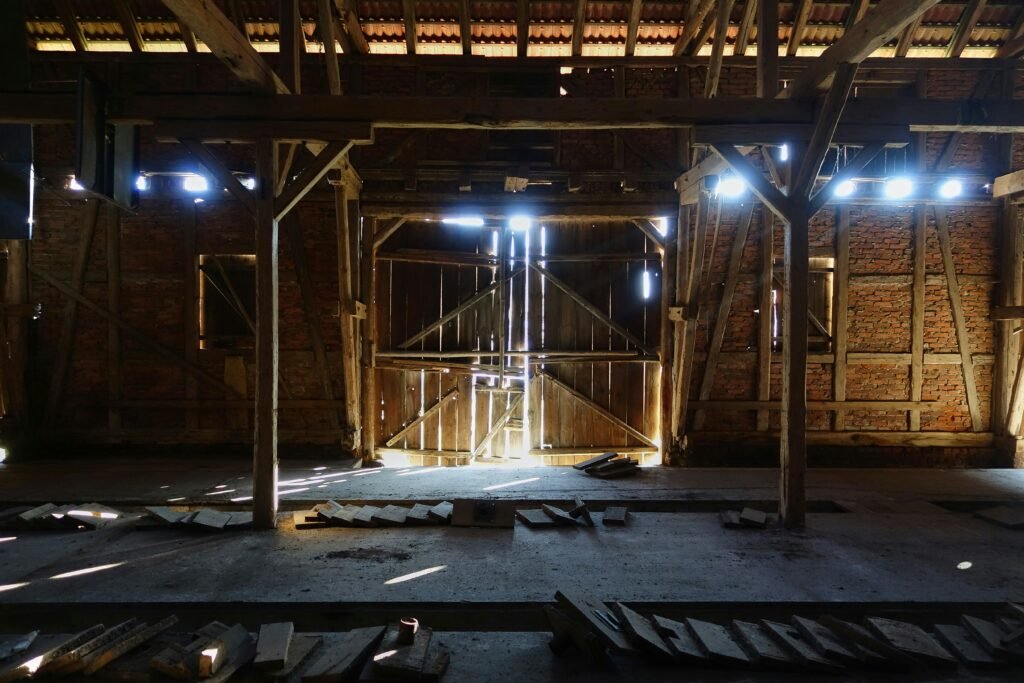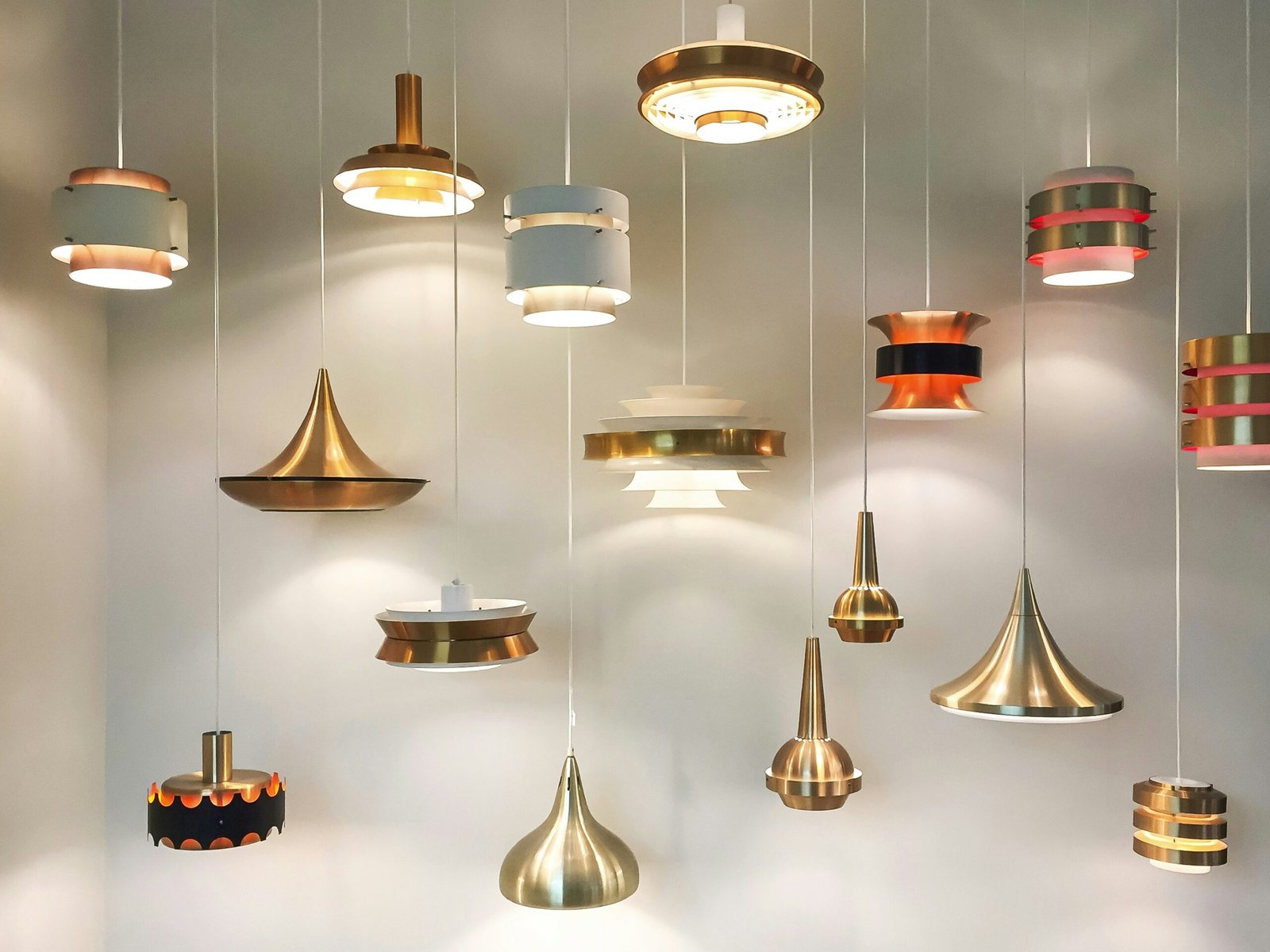Are you a fan of rustic charm and looking to elevate the design of your barn? Look no further, as this article is here to guide you through the principles of barn lighting design that you need to know. Whether you use your barn as a workshop, storage space, or even a living area, the right lighting can transform it into a cozy and welcoming space. From choosing the right fixtures to considering the placement of lights, this article will equip you with the knowledge and inspiration to master the art of barn lighting design. So get ready to illuminate your barn with style and create a warm and inviting atmosphere for both practical use and aesthetic appeal.
Understanding the Purpose of Barn Lighting
When it comes to barns, lighting serves a vital purpose that goes beyond simply illuminating the space. Proper barn lighting is important for the safety, productivity, and well-being of both the animals and the people who work in and around the barn. By understanding the purpose of barn lighting, you can make informed decisions to design a lighting system that meets the specific needs of your barn.
Importance of lighting in barns
Good lighting is crucial in barns for several reasons. First and foremost, it ensures the safety of both humans and animals. Adequate lighting reduces the risk of accidents by making it easier to see potential hazards such as uneven surfaces, equipment, or obstacles. In addition, well-lit barns help to promote a sense of security, as animals can see and navigate their surroundings with ease.
Furthermore, lighting plays a significant role in animal behavior. Animals, especially those that are raised for agricultural purposes, have specific biological rhythms and lighting requirements. The right lighting conditions can influence their reproductive patterns, growth, and overall well-being. By providing appropriate lighting, you can create an environment that supports their natural behaviors and optimizes their productivity.
Factors to consider when designing barn lighting
When designing the lighting for your barn, several important factors should be taken into consideration. First and foremost, you must assess the specific needs and requirements of your animals. Different livestock have different lighting preferences, and it’s essential to tailor the lighting design to suit their needs. Additionally, you should consider the layout and dimensions of your barn, as well as any specific areas that may require specialized or task-oriented lighting.
Furthermore, the type of barn lighting fixtures you choose will greatly impact the overall effectiveness of your lighting system. General lighting fixtures provide overall illumination, task lighting fixtures are used for specific activities or work areas, accent lighting fixtures add visual interest or highlight certain features, and exterior lighting fixtures ensure adequate lighting outside the barn. Each type of fixture serves a different purpose, and the right combination will provide the desired lighting outcomes.

This image is property of images.unsplash.com.
The relationship between lighting and animal behavior
Lighting has a profound impact on animal behavior and well-being. Animals, especially those raised for agricultural purposes, have specific lighting needs that are closely tied to their biological rhythms. Adequate lighting can influence their reproductive patterns, growth rates, feed intake, and overall health.
For example, in poultry houses, proper lighting is crucial for maintaining the natural circadian rhythm of the birds. Specific light intensity and photoperiods can enhance egg production, promote healthy growth, and reduce stress in poultry. Similarly, dairy cows require specific lighting conditions to optimize milk production and reduce the risk of lameness or other health issues.
Understanding the specific lighting requirements of your animals is essential to create an environment that promotes their natural behaviors and overall well-being.
The impact of lighting on productivity and well-being
In addition to animal behavior, lighting also has a significant impact on the productivity and well-being of the people working in and around the barn. A well-lit environment improves visibility, allowing workers to perform tasks more efficiently and accurately. It reduces eyestrain and fatigue, promoting a safer and more comfortable working atmosphere.
Moreover, adequate lighting contributes to the overall well-being of workers by enhancing their mood and reducing the risk of accidents. With proper lighting, the barn becomes a more inviting and enjoyable space, fostering a positive work environment.
By prioritizing both the needs of the animals and the people working in the barn, you can create a lighting system that promotes productivity, safety, and overall well-being.

This image is property of images.unsplash.com.
Types of Barn Lighting Fixtures
To effectively meet the lighting needs of your barn, it’s important to understand the different types of lighting fixtures available. By selecting the right fixtures for each area of the barn, you can ensure proper illumination and create a functional and visually appealing space.
General lighting fixtures
General lighting fixtures provide overall illumination throughout the barn. They ensure a uniform distribution of light and serve as the main source of lighting. Examples of general lighting fixtures include overhead fixtures, strip lights, or recessed lighting. It’s essential to choose fixtures that provide adequate brightness and coverage for the size and layout of your barn.
Task lighting fixtures
Task lighting fixtures are used to provide focused, localized lighting for specific tasks or work areas. These fixtures are typically brighter than general lighting fixtures and are strategically placed to provide the necessary illumination for activities such as feeding, milking, or veterinary procedures. Examples of task lighting fixtures include pendant lights, spotlights, or portable lamps.
Accent lighting fixtures
Accent lighting fixtures are used to add visual interest and highlight specific features or areas in the barn. These fixtures are often used for decorative purposes or to create a particular ambiance. Examples of accent lighting fixtures include wall sconces, track lights, or picture lights. Accent lighting can enhance the architectural elements of your barn or draw attention to specific areas such as trophy displays or artwork.
Exterior lighting fixtures
Exterior lighting fixtures are essential for ensuring adequate lighting outside the barn. They enhance safety and security by illuminating pathways, entrances, and parking areas. Examples of exterior lighting fixtures include floodlights, wall-mounted fixtures, or bollard lights. It’s important to choose fixtures that are weather-resistant and provide sufficient brightness to allow for safe navigation during nighttime hours.
By selecting the appropriate types of lighting fixtures for your barn, you can ensure that each area is properly illuminated, creating a functional and visually appealing environment for both animals and humans.
Choosing the Right Bulbs for Barn Lighting
Selecting the right bulbs for your barn lighting is crucial for achieving the desired lighting effects and ensuring energy efficiency. With numerous bulb options available on the market, it’s important to consider the specific needs and requirements of your barn when making your selection.
Different types of bulbs
There are several types of bulbs commonly used in barn lighting, each with its own distinct characteristics and benefits. The most common types include incandescent bulbs, fluorescent bulbs, halogen bulbs, and LED bulbs.
Incandescent bulbs are the traditional and most widely recognized type of bulb. They produce light by passing electricity through a tungsten filament, which creates visible light and heat. Although they are relatively inexpensive, incandescent bulbs have a short lifespan and are not energy-efficient.
Fluorescent bulbs are more energy-efficient than incandescent bulbs and have a longer lifespan. They produce light by passing electricity through a gas-filled tube, which causes the phosphor coating inside the tube to emit light. Fluorescent bulbs are available in various shapes and sizes, including linear tubes and compact fluorescent lamps (CFLs).
Halogen bulbs are a type of incandescent bulb that uses a halogen gas to extend the lifespan of the filament. They provide a bright, white light and are commonly used for accent lighting or task lighting. Halogen bulbs are more expensive than incandescent bulbs but are more energy-efficient and have a longer lifespan.
LED bulbs, or light-emitting diode bulbs, are the most energy-efficient and longest-lasting option available. They produce light by passing electric current through a microchip, which emits light. LED bulbs are available in various colors and can be dimmed, making them highly versatile for different lighting needs. Although LED bulbs may have a higher upfront cost, they offer significant energy savings and require less frequent replacement.
Factors to consider when selecting bulbs
When selecting bulbs for your barn lighting, there are several factors to consider. First and foremost, you should evaluate the specific lighting requirements of your barn. Consider the color temperature and intensity of light needed for each area, as well as any specific lighting needs for different livestock or tasks.
Additionally, energy efficiency is an important consideration. LED bulbs are the most energy-efficient option and can significantly reduce energy consumption and operating costs in your barn. By choosing LED bulbs, you can save money on energy bills and contribute to a more sustainable and environmentally friendly operation.
Lastly, consider the longevity and maintenance requirements of the bulbs. LED bulbs have a significantly longer lifespan compared to other types of bulbs, meaning they require less frequent replacement and maintenance. This can save you time and money in the long run.
By carefully considering the specific needs of your barn and evaluating the various factors, you can select the right bulbs that meet your lighting requirements while maximizing energy efficiency and minimizing maintenance.
Energy efficiency and cost-saving options
In addition to selecting energy-efficient bulbs, there are other options to further enhance the energy efficiency of your barn lighting. By implementing these strategies, you can reduce energy consumption, minimize operating costs, and contribute to a more sustainable and environmentally friendly operation.
One option is to use motion sensors and timers to control when the lights are on. Motion sensors detect movement and automatically turn on the lights, ensuring that they are only used when needed. Timers allow you to schedule lighting cycles, ensuring that lights are not left on unnecessarily.
Another strategy is to implement daylight harvesting and occupancy sensors. Daylight harvesting sensors adjust the artificial lighting based on the available natural light, reducing the need for artificial illumination during daylight hours. Occupancy sensors detect whether an area is occupied and adjust the lighting accordingly, ensuring that lights are not left on in unoccupied areas.
Monitoring and tracking energy consumption is also important to identify areas of improvement and potential energy-saving opportunities. By closely monitoring your energy consumption, you can make informed decisions and implement strategies to optimize energy efficiency.
By implementing these energy-saving options and actively monitoring energy usage, you can significantly reduce energy consumption and operating costs associated with barn lighting.



